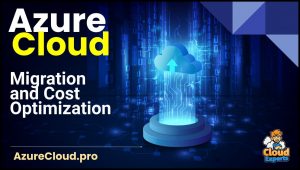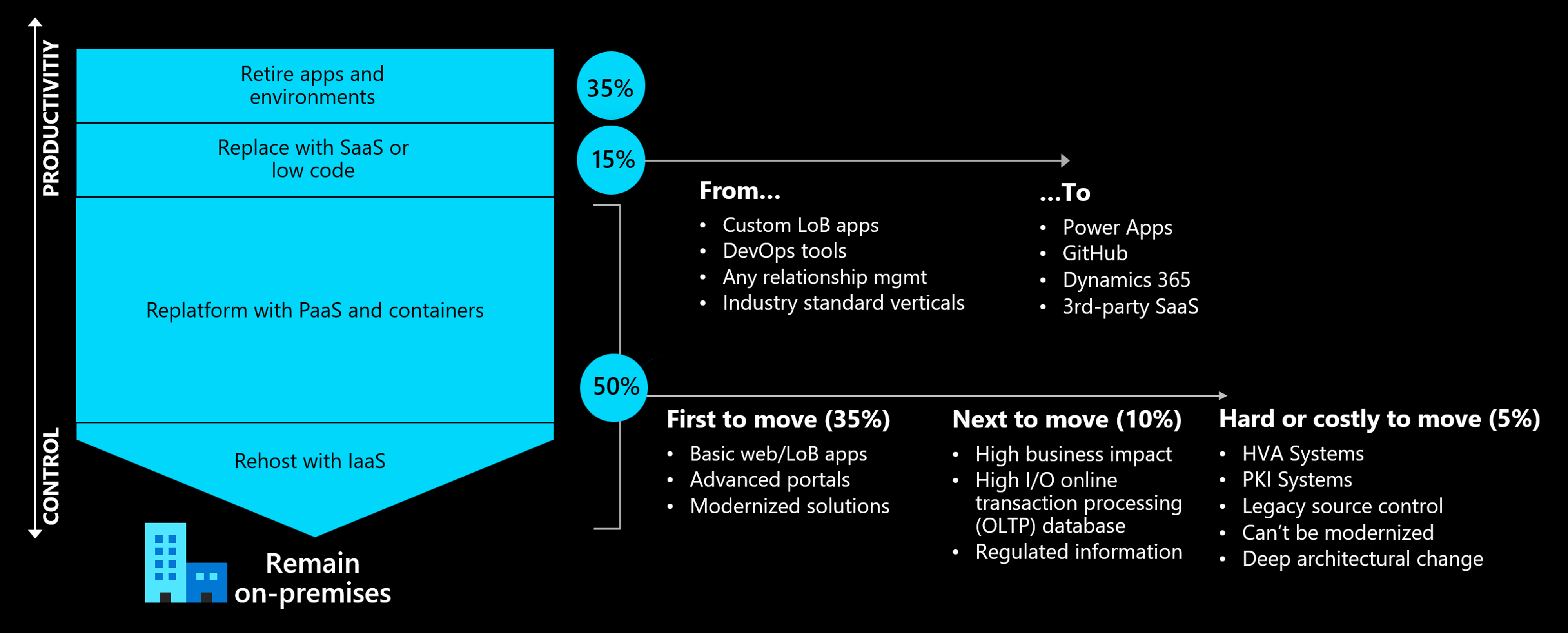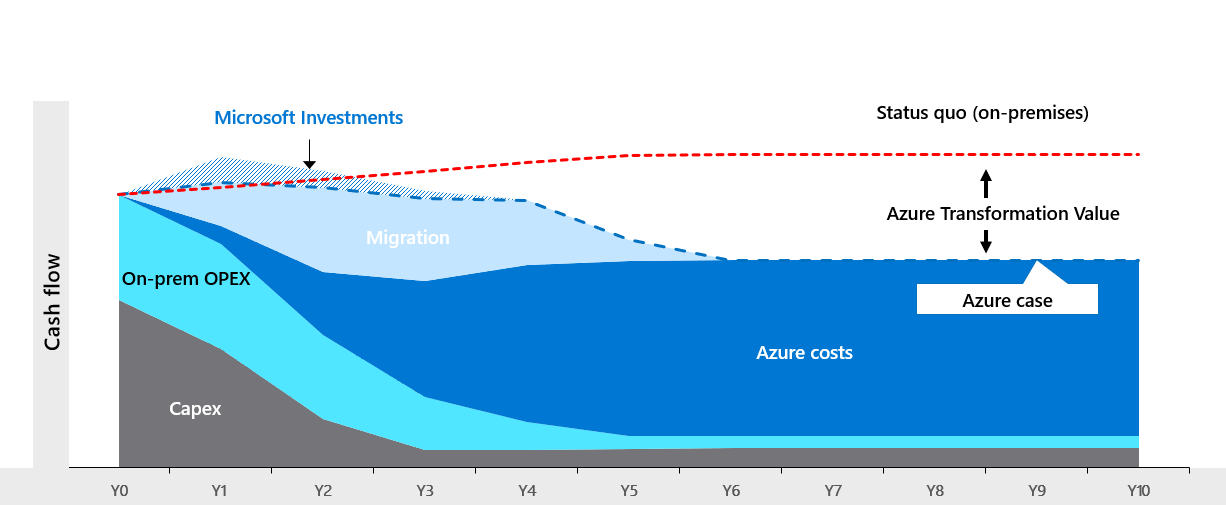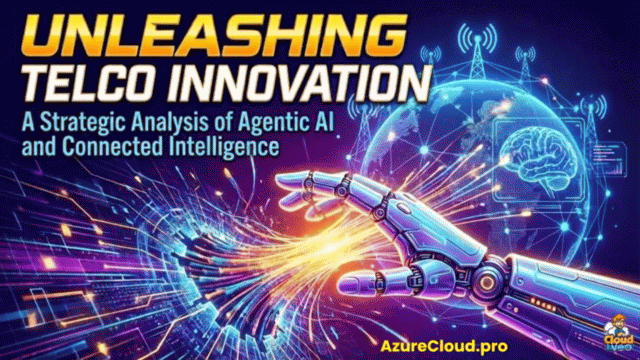Azure Cloud Migration – Business Case and Transformation Strategy
A comprehensive overview of Azure Cloud Migration best practices, ROI calculations and solution services.
 Microsoft offers best practices for planning transition to their Cloud services through their Migration Centre.
Microsoft offers best practices for planning transition to their Cloud services through their Migration Centre.
The AMMP (Azure Migration and Modernization Program) helps accelerate your cloud migration and modernization process.
Cloud migration and modernization is a continuous process that involves significant organizational change management spanning people, process, and technology.
Determining Your Cloud Strategy
Azure Modernization is defined as a keystone component of driving digital transformation, framed within an overall context that Microsoft describes as ‘Strategic Cloud Adoption‘. They offer a comprehensive Cloud Adoption Framework to guide this journey and develop a Cloud migration strategy, from the top level executive considerations through the practical migration steps.
This includes defining a Digital Transformation Timeline, populated with the transformation outcomes you want to achieve from the migration, such as Data Innovation or a goal to achieve Operational Excellence and Increased Agility, to build your Cloud Migration Plan.
These strategic goals are then cascaded down through the technical and operational decisions required to achieve them, such as mapping your goals to Hybrid and Multi-Cloud scenarios, and the Strategic Considerations for doing so.
To Accelerate Your Migration you can then consider a number of specific Cloud Adoption Scenarios such as vendor specific pathways like VMware or particular use cases like Virtual Desktops. They offer an Evaluator tool to help with this process.
Business Case
A well defined Migration Business Case is critical to success. Cloud adoption journeys tend to follow similar trajectories. Variations exist, but it can still be helpful to see how others adopt the cloud. Knowing what workloads to tackle first and what to do with them will streamline your cloud adoption journey.
Key decisions need to be made to Define Your Cloud Operating Model – Which applications to migrate and what target architecture to migrate them to, deciding whether to Migrate or Modernize First.
Determining whether to migrate to IaaS (“lift and shift”) or PaaS highlights the value of the first Digital Transformation planning process, to identify whether the benefits sought are purely related to the replacement of server hardware, defined as the ‘5Rs of Rationalization‘ options.
- Rehost – Often referred to as “lift and shift” migration, this no-code option lets you migrate your existing applications to Azure quickly. Each application is migrated as is, which provides the benefits of the cloud without the risks or costs of making code changes.
- Refactor – Often referred to as repackage, this cloud migration strategy involves some change to the application design but no wholesale changes to the application code.
- Rearchitect – Modify or extend your application’s code base to scale and optimise it for the cloud.
- Rebuild – Rebuild an application from scratch using cloud-native technologies.

TCO
The other major component of this planning process is identifying the financial benefits, through developing a TCO (Total Cost of Ownership) analysis.
In this article Microsoft describe the process to build a business case for migrating to Azure Cloud. The Migration Center offers a TCO calculator, explained in this video where you can learn how to create robust TCO/Business case proposals for your on-premises workloads before moving to Azure.

Audit and Assessment
This financial analysis is achieved through the process of auditing your Infrastructure, to gather an inventory of your on-premise application and technology estate. They provide this Contoso example to explain the exercise.
You can then begin the process of developing and sharing your migration plan: Assessing and Prioritizing workloads, and Validating Your Assumptions. Microsoft offers tools to help guide this process and realize the target cost savings.



